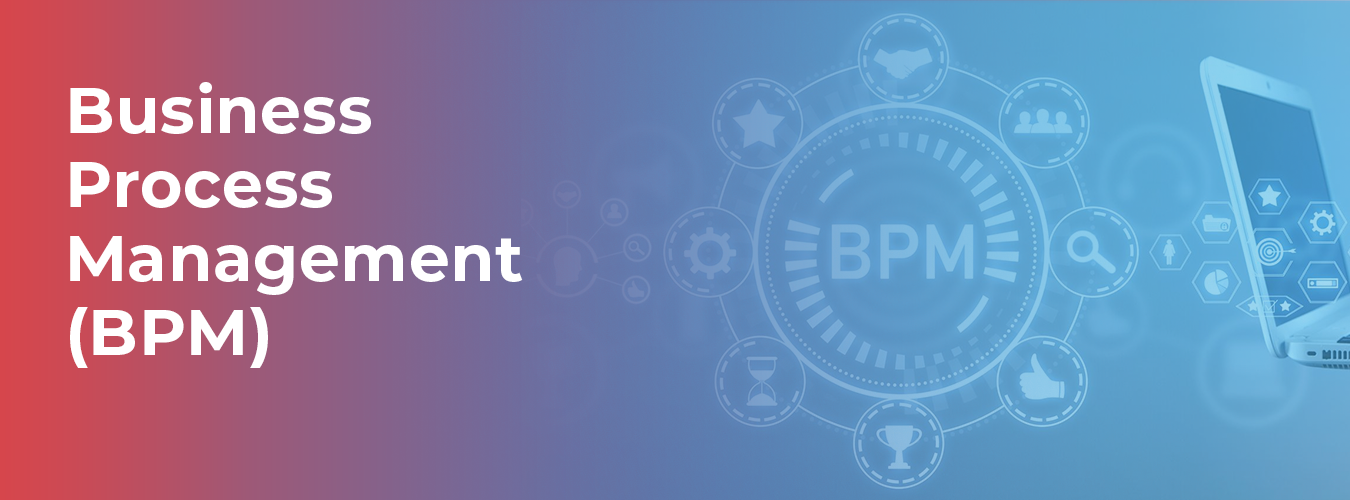Have you ever wondered how printed or handwritten text can be transformed into editable and searchable digital formats? Enter OCR- Optical Character Recognition. This remarkable technology is like a magician’s trick. It converts any document type quickly with precision. In this article, we will explore and discuss the capabilities and potential of OCR.
Table of Content
What is Optical Character Recognition (OCR)?
OCR stands for Optical Character Recognition. OCR is an advanced technology that helps computers understand and read printed or handwritten text in images or scanned documents. It uses complex algorithms to analyse text patterns and convert them into machine-readable translations. This makes the text accessible and understandable by machines.
How does Optical Character Recognition work?
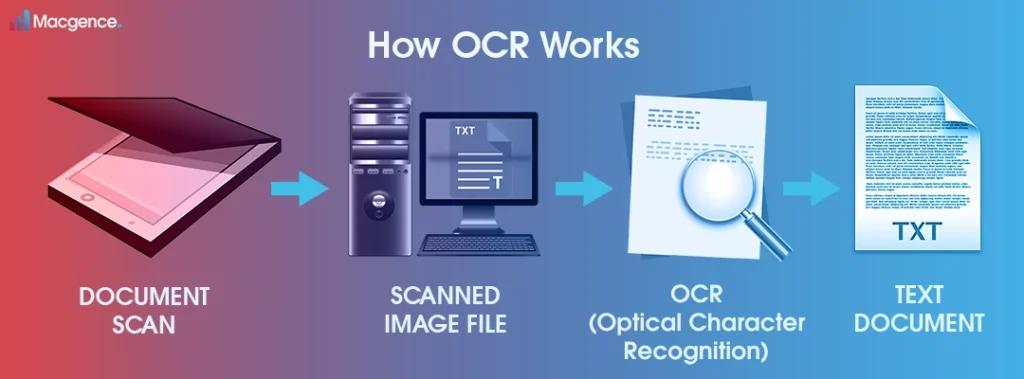
Optical Character Recognition works by following a series of steps to convert images or scanned documents into readable text for machines. Let’s break down how OCR technology functions:
In the first step, image acquisition is crucial for the OCR process. The system captures an image containing text by scanning physical documents or using a digital camera to photograph them. This ensures that the text is in a digital format for further analysis.
Following image acquisition, the next step is preprocessing. The captured image undergoes various preprocessing techniques to enhance its quality and suitability for OCR analysis. These techniques include reducing noise levels, adjusting contrast if needed, and resizing the image. Preprocessing helps improve the accuracy of OCR by providing a clearer image for further processing.
Once the image is preprocessed, character segmentation takes place. During this step, the OCR system identifies and separates individual characters or words within the image. By separating the text from the background and segmenting it into smaller units, the OCR system can analyse each character or word individually.
After character segmentation, the OCR system moves on to character recognition. In this step, the system utilises pattern recognition algorithms to analyse and recognise each segmented character. By comparing the segmented characters against a database of known character patterns, the OCR system can determine the most likely match for each character.
Finally, postprocessing is performed to refine the OCR results. This includes error correction, spell-checking, and formatting adjustments. It ensures the correction of any errors or inaccuracies found in the OCR results. As a result, the text extraction becomes more accurate and reliable.
What are the different types of Optical Character Recognition?
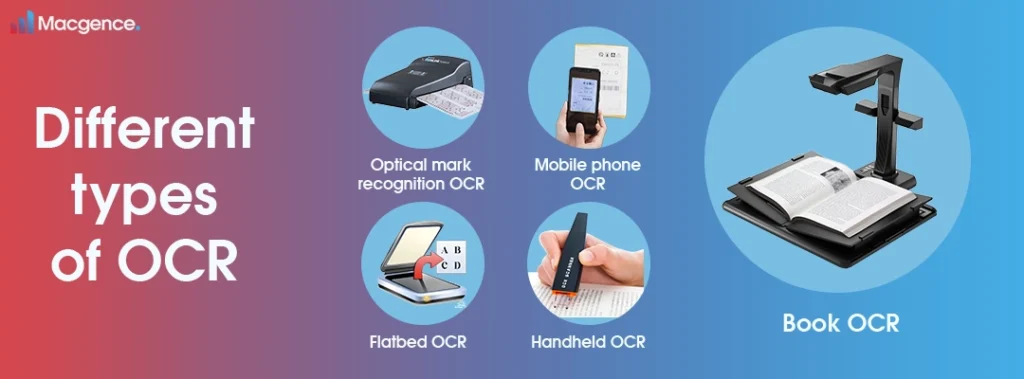
Numerous OCR options exist, each possessing distinctive qualities and practical uses. Now, let’s explore a few examples:
- Handwritten OCR: This type of OCR specialises in recognising and converting handwritten text into digital format. It is particularly useful for digitising handwritten documents, notes, forms, and historical manuscripts.
- Intelligent Character Recognition (ICR): ICR goes beyond OCR by recognising printed or handwritten text and interpreting the document’s structure and context. It can handle variations in handwriting styles, font types, and formatting, making it suitable for complex documents.
- Barcode OCR: Barcode OCR is specialised in reading and interpreting barcode symbologies, such as UPC codes, QR codes, and other types of barcodes. It enables automated scanning and processing of products, inventory management, and document tracking.
- OMR (Optical Mark Recognition): OMR focuses on detecting and interpreting marked areas on documents, such as checkboxes or bubbles. It is commonly used for automated grading systems, surveys, and multiple-choice exams.
What are the benefits of Optical Character Recognition?
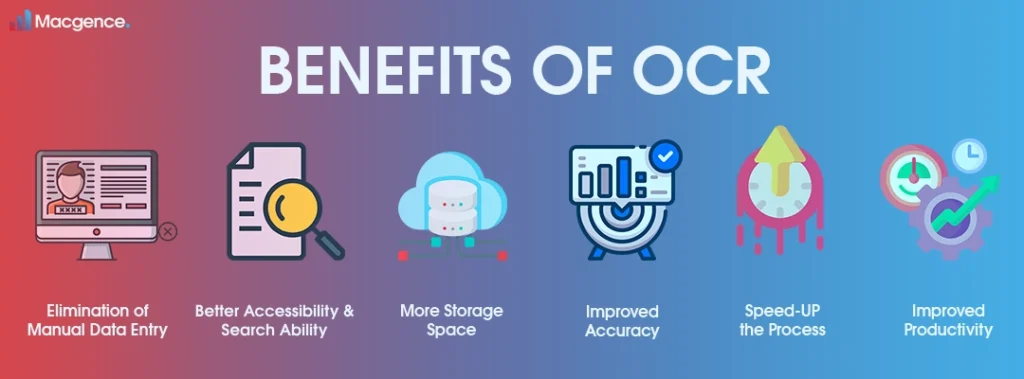
OCR offers numerous benefits to businesses, enhancing productivity and efficiency in various aspects. Some of the key benefits are:
- Time and Cost Savings: OCR technology offers a practical solution to the tedious and error-prone task of manual data entry. By automating the extraction of information from documents, businesses can significantly reduce labour costs and save a substantial amount of time.
- Improved Accuracy: Manual data entry is prone to human errors, such as typos or misinterpretations. OCR minimises these inaccuracies by automatically extracting data from documents with high precision. The technology recognises characters accurately, leading to reliable and error-free data capture.
- Improved Efficiency: OCR can automate the process of data entry, reducing the need for manual data entry and freeing up employees to focus on more important tasks. This leads to time savings and error reduction, resulting in improved efficiency.
- Faster Processing: OCR enables quick processing of large data volumes, leading to valuable insights and timely decision-making. This boosts productivity and success in various sectors.
Conclusion
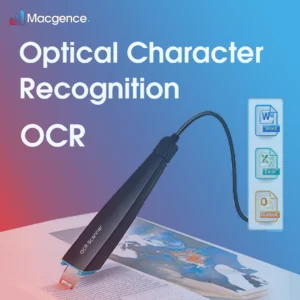
In summary, Optical Character Recognition technology deserves recognition for its incredible capacity to transform physical documents into simpler digital formats to edit and search. This tool achieves unparalleled accuracy by employing pattern recognition methods throughout the conversion process. Embracing OCR brings forth a multitude of advantages, such as cost savings through enhanced productivity, the elimination of manual data entry, and the liberation of staff time for other responsibilities. Additionally, it bolsters workflow efficiency by enabling swifter information processing and the proficient handling of tasks through specialised OCR variations tailored to meet specific business requirements.
How can Macgence help?
Macgence can provide valuable assistance in OCR by offering a comprehensive collection of data sets for training and improving OCR algorithms. These data sets consist of a diverse range of images or scanned documents paired with their corresponding machine-readable text, enabling the development of accurate OCR models. What sets Macgence apart is its commitment to providing human-generated data sets, ensuring high-quality and reliable training data.
Frequently Asked Questions (FAQ’S)
Q1. What is OCR?
OCR technology transforms printed or handwritten text into a digital format. It enables machines to understand and analyse the text, making editing, searching, and processing easier.
Q2. What are the limitations of OCR?
The limitations of OCR include difficulties in recognising handwriting accurately, challenges with complex layouts or unusual fonts, and potential errors in character recognition. It may also struggle with poor quality or damaged documents, resulting in lower accuracy.
Q3. How is OCR used in business?
OCR can be used to improve efficiency and productivity in many different areas of business. These areas include data entry, document management and customer service etc.




